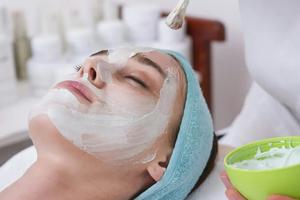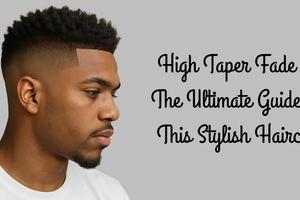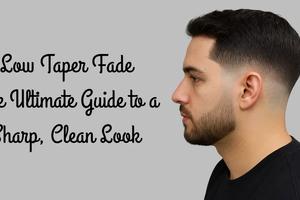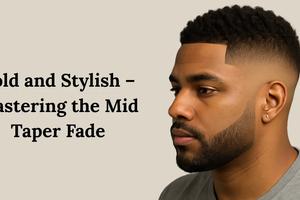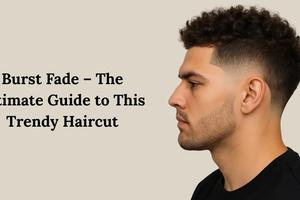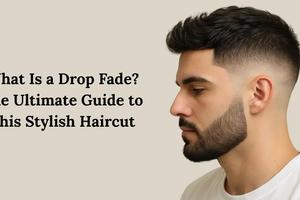Different Types of Earmuffs: Features, Benefits, And How to Choose The Right One

Key Takeaways
Essential insights to remember
Earmuffs come in passive and active noise reduction types, each suited for different environments.
Noise reduction rating (NRR) is crucial for selecting the best hearing protection.
Specialized earmuffs exist for work, shooting, cold weather, and even fashion.
Bluetooth and electronic earmuffs provide extra functionality for music and communication.
Choosing the right earmuffs depends on comfort, usage, and safety requirements.
Introduction: Understanding Hearing Protection Earmuffs 🦻
The Evolution of Hearing Protection
In today's noise-saturated world, protecting our auditory system has become more crucial than ever. Earmuffs, once a simple protective device, have evolved into sophisticated hearing protection solutions that combine comfort with cutting-edge technology.
““🔑 Key Insight: According to NIOSH, exposure to noise levels above 85 decibels for prolonged periods can lead to permanent hearing damage.
Understanding Noise Protection Ratings
Different types of earmuffs offer varying levels of protection, measured through standardized ratings:
Core Components of Modern Earmuffs
- Shell Construction 🛡️
- Durable outer casing
- Sound-absorbing materials
- Acoustic dampening technology
- Comfort Features 💆
- Adjustable headband
- Pressure-distributing cushions
- Moisture-wicking materials
Market Growth and Innovation
The hearing protection market has witnessed remarkable growth, driven by:
- Increasing workplace safety regulations
- Growing awareness of hearing health
- Technological advancements in sound management
- Separate designs for women’s earmuffs and men's earmuffs
Industry Applications
- 🏗️ Construction
- 🏭 Manufacturing
- 🎵 Entertainment
- 🔫 Shooting sports
- ✈️ Aviation
Contemporary Challenges
Modern workplaces present unique challenges that require specialized hearing protection:
- Variable noise environments
- Communication requirements
- Integration with other PPE
- Comfort during extended wear
Passive Earmuffs: The Foundation of Hearing Protection 🎧
Basic Structure and Engineering
Passive earmuffs represent the cornerstone of hearing protection technology, utilizing fundamental acoustic principles to safeguard hearing.
Performance Characteristics 📊
Attenuation Levels
““Industry Insight: Passive earmuffs typically provide Noise Reduction Ratings (NRR) between 20-30 decibels when properly fitted.
- Low Frequency Protection (20-200 Hz)
- Industrial machinery noise
- Heavy equipment vibrations
- Engine sounds
- Mid Frequency Protection (200-2000 Hz)
- Human speech range
- Most workplace noise
- Power tools
- High Frequency Protection (2000+ Hz)
- Pneumatic tools
- High-speed machinery
- Metal-on-metal contact
Ergonomic Considerations 🤲
Application-Specific Models 🏢
Industry-Tailored Solutions
- Construction Grade
- Enhanced durability
- Dust-resistant materials
- Compatible with hard hats
- Manufacturing Grade
- Heat-resistant components
- Chemical-resistant materials
- Easy-clean surfaces
- Laboratory Grade
- Precision fit
- Lightweight design
- Non-reactive materials
Maintenance and Longevity ⚡
Care Requirements
- Regular cushion inspection
- Headband tension checks
- Cleaning protocols
- Storage considerations
Cost-Benefit Analysis 💰
- Initial investment: Lower than electronic alternatives
- Maintenance costs: Minimal
- Replacement frequency: 1-2 years
- Training requirements: Basic
Electronic/Active Earmuffs: Smart Hearing Protection 🎮
Advanced Technology Integration
Active Noise Reduction Systems 🎯
Core Technologies
- Digital Signal Processing (DSP)
- Microphone array systems
- Advanced audio algorithms
- Real-time sound analysis
““Tech Insight: Modern electronic earmuffs can process and react to sound changes in less than 0.5 milliseconds.
Smart Features Integration 📱
Connectivity Options
- Bluetooth Technology
- Phone connectivity
- Music streaming
- Voice commands
- Mobile App Integration
- Customizable settings
- Usage statistics
- Battery monitoring
Power Management ⚡
Environmental Adaptability 🌍
Weather Resistance
- IP Ratings
- Water resistance
- Dust protection
- Temperature tolerance
- Climate Considerations
- Cold weather performance
- Humidity resistance
- Heat dissipation
Professional Applications 👷♂️
Communications Earmuffs: Advanced Connectivity Solutions 📡
Built-in Communication Systems
Professional Communication Features 🎤
Advanced Audio Systems
- Voice Clarity Technology
- Speech enhancement
- Background noise suppression
- Echo cancellation
““Pro Tip: High-end communication earmuffs can maintain clear audio transmission even in environments exceeding 95 dB.
Multi-Device Connectivity 🔄
Team Communication Features 👥
Collaborative Tools
- Group Communication
- Multiple channel support
- Team selective calling
- Emergency broadcast capability
- Status Monitoring
- Connection status
- Battery levels
- Location tracking (GPS enabled models)
Industry-Specific Protocols 🏭
Safety Integration 🛡️
Emergency Features
- Alert Systems
- Panic button
- Man-down detection
- Automatic emergency broadcast
- Safety Monitoring
- Environmental alerts
- Equipment status
- Hazard warnings
Customization Options ⚙️
Specialized Earmuffs: Task-Specific Protection Solutions 🎯
Industrial-Grade Protection
Sport and Recreation 🏃♂️
Athletic Design Elements
- Competition Grade
- Lightweight materials
- Quick adjustment systems
- Enhanced situational awareness
““Performance Note: Sport-specific earmuffs can weigh as little as 180g while maintaining NRR ratings above 24dB.
Helmet Integration Systems 🪖
Dual Protection Systems 🔒
Enhanced Safety Features
- Combined Protection
- Face shield integration
- Respiratory protection compatibility
- Eye protection systems
Temperature Extreme Models 🌡️
Specialty Applications 🎯
Unique Use Cases
- Mining Operations
- Intrinsically safe electronics
- Dust protection
- Impact resistance
- Food Processing
- Metal detectable components
- Washable materials
- Sanitization-friendly design
Customization Options ⚙️
Selection Guide: Choosing the Right Earmuffs 🎯
Understanding Your Protection Needs
Comfort Factors 💆♂️
Essential Comfort Elements
- Weight Distribution
- Balanced design
- Pressure point minimization
- Extended wear comfort
““Ergonomic Tip: The ideal earmuff weight should not exceed 350g for all-day comfort. You can have a look at Kaleidoscope Earmuffs.
Environmental Considerations 🌍
Integration Requirements 🔄
Compatibility Checklist
- Other PPE Integration
- Hard hat attachment
- Face shield compatibility
- Respiratory equipment clearance
Cost Analysis 💰
Regulatory Compliance ⚖️
Standards Adherence
- Safety Standards
- ANSI/ISEA
- EN 352
- AS/NZS 1270
Maintenance Requirements 🔧
Conclusion: Making an Informed Decision 🎯
Future Trends in Hearing Protection
Key Decision Factors 🔑
Critical Considerations
- Protection Level
- Environment assessment
- Exposure duration
- Risk factors
““Expert Insight: Investment in quality hearing protection pays dividends in long-term hearing health.
Industry-Specific Recommendations 🏭
Final Investment Considerations 💰
Value Assessment
- Long-term Benefits
- Hearing preservation
- Productivity improvement
- Compliance assurance
